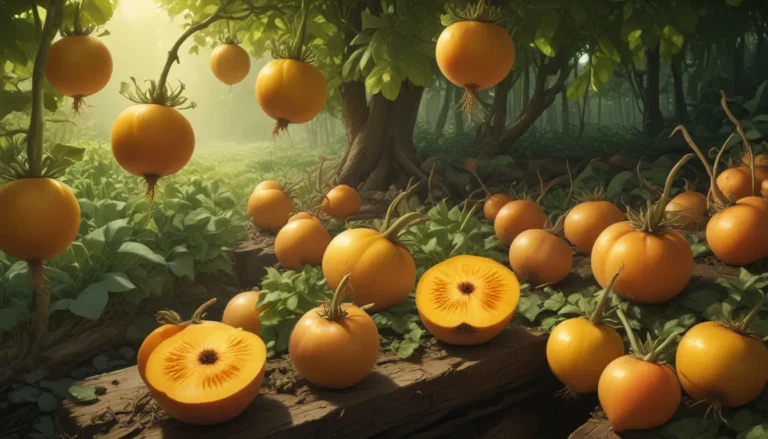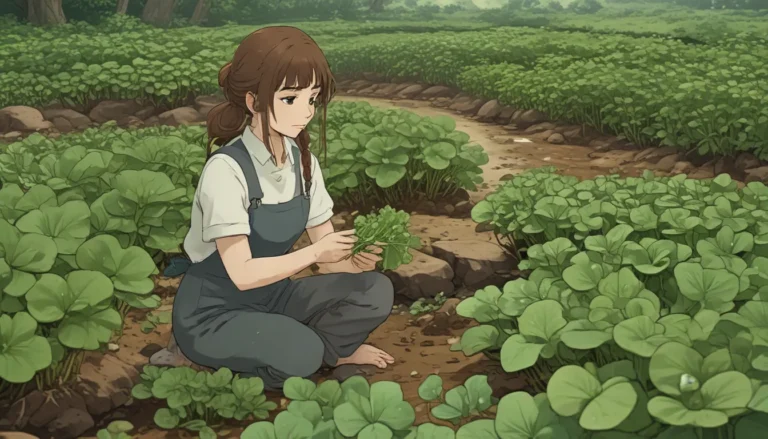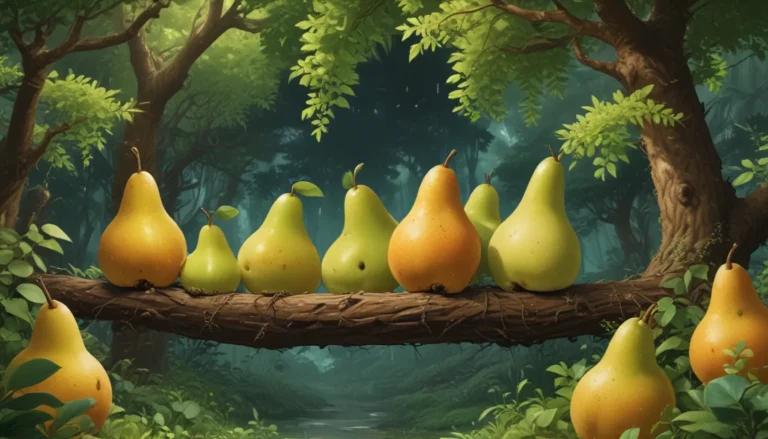Ultimate Plumeria Care Guide: Growing, Caring, and Propagating Frangipani

If you’ve always dreamed of having the stunning plumeria, also known as frangipani, gracing your garden, then you’re in for a treat! This mesmerizing plant with its bright, showy blossoms and unique structure is a must-have for any landscape. And the best part? Taking care of plumeria is easier than you might think.
In this comprehensive guide, we’ll delve into everything you need to know about growing, caring for, and propagating plumeria. From selecting the right cultivars to managing pests and disease, we’ve got you covered. So grab your gardening gloves and let’s dive into the world of plumeria care!
What Is Plumeria?
Plumeria, also known as frangipani, belongs to the Apocynaceae family and is closely related to milkweeds and oleanders. With its compact size, large leaves, and vibrant bloom clusters, plumeria has become a staple in landscaping throughout various regions. Its blossoms, which come in a range of colors from white to magenta, are often recognized as a symbol of the tropics.
Unique to plumeria is its deceitful fragrance that lures in pollinators like bees and moths with the promise of nectar, only to leave them empty-handed. Despite this trickery, the plant manages to reproduce through pollination by various insects.
Cultivation and History
Plumeria has a rich history dating back to the 18th century, when the genus was named after the French botanist Charles Plumier by Carl Linnaeus. Appreciated for its symbolism of life and fertility by Mayan and Aztec cultures, plumeria has embedded itself in various traditions around the world.
Exported to tropical regions like Hawaii, Thailand, and Laos, plumeria has become a significant part of local cultural practices. The plant’s fragrant oil is often used in perfumes and incense, adding a touch of tropical paradise to various products.
Propagation
Whether you choose to propagate plumeria from seed or cuttings, the process is relatively straightforward. Rooting cuttings is a reliable way to clone parental characteristics and produce blossoms much faster than from seed.
Various methods exist for starting seeds, from planting in a suitable substrate to floating them on water. Cuttings, on the other hand, can be taken from thick branches and cloned to maintain parental traits.
How to Grow
Plumeria thrives in full sun, requiring at least six hours of direct sunlight per day. Well-drained soil rich in sand, bark, loam, and aged manure is ideal for optimal growth. Avoid planting in clay soil or waterlogged locations, as plumeria prefers dry conditions.
In regions with cold winters, container growing is recommended to protect plumeria from plummeting temperatures. Regular fertilization with a specific plant fertilizer is essential to support healthy growth, vibrant blooms, and overall plant health.
Cultivars to Select
When selecting plumeria cultivars, it’s crucial to research reputable growers to ensure quality specimens. While unnamed hybrids are commonly available, opting for known cultivars from reliable sources is preferred. Various cultivars like ‘Candy Stripe,’ ‘Hilo Beauty,’ ‘San Germain,’ and ‘Dwarf Pink Singapore’ offer unique features such as stunning blooms, intense fragrance, and compact growth.
Managing Pests and Disease
Pests and diseases are minimal concerns for plumeria, with few issues to address. Common pests like spider mites, mealybugs, and whiteflies can be managed easily, while diseases like rust are the most prevalent. Regular inspection and preventive measures can help maintain a healthy plumeria plant.
Best Uses
Plumeria can be used in various ways to enhance your garden or landscape. From feature plantings to poolside groupings, plumeria adds tropical appeal and fragrant beauty. Combining plumeria with other tropical plants like palms, hibiscus, and yucca creates stunning displays that attract pollinators and offer shade on hot summer days.
Quick Reference Growing Guide
- Plant Type: Woody flowering perennial
- Native to: Central America and the Caribbean
- Hardiness (USDA Zone): 9-11
- Bloom Time: Spring-fall
- Exposure: Full sun
- Water Needs: Moderate
- Height: 10-30 feet
- Spread: 10-20 feet
- Common Pests and Diseases: Mealybugs, spider mites, whiteflies; rust
- Genus: Plumeria
Try a Truly Tropical Tree
Are you ready to bring a touch of the tropics to your garden with plumeria? Whether you’re growing in-ground or in containers, plumeria offers stunning blooms, intoxicating scents, and vibrant colors that will elevate your landscape. Feel free to share your plumeria selection or ask any questions in the comments below – we’d love to hear from you!
If you’re looking for more flowering plants to consider, check out our guides on camellias, hardy hibiscus, and roses to expand your garden with colorful blooms and fragrant scents.
Get ready to embark on a journey into the world of plumeria care and watch your garden bloom with tropical beauty!





